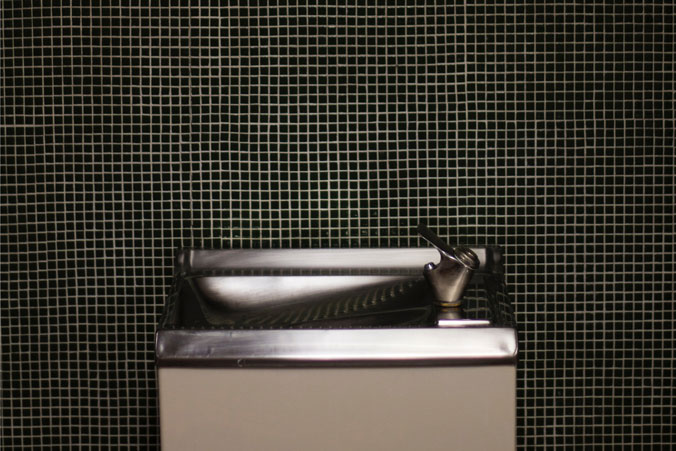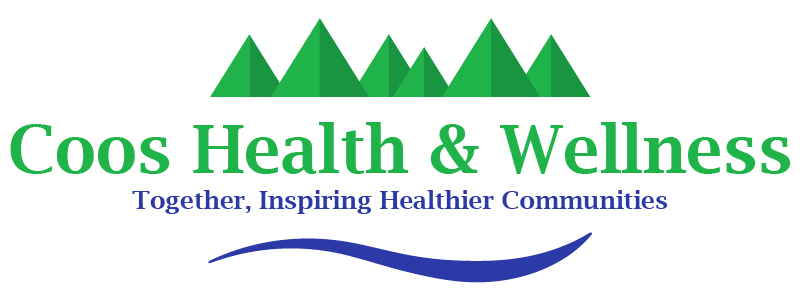The State OHA Drinking Water Program contacts with CHW to assist local public water systems operators maintain safe potable water. CHW works with systems solely using ground water and serving a population of no more than 3300 and one of the following definitions for a public water system.
- Community Water System: A water system which supplies drinking water to 25 or more of the same people year-round in their residence. Examples are cities, towns, subdivisions, mobile home parks, etc.
- Non-transient Non-community Water System: A water system which supplies water to 25 or more of the same people at least six months per year in places other than their residence. Examples include
schools, hospitals, and work places. - Transient Non-community Water System: A water system which provides water in a place such as a restaurant or campground where do not remain for long periods of time including at least 25 people a day or at least 60 days a year.
State Regulated Water System: Water systems which provide water to small residential communities between 4 and 14 connections, or serving from 20 to 24 persons a day at least 60 days of the year.
A water system does not meet the definition of “public” is not subject to Oregon’s Drinking Water Program rules. For addition information about safety non-regulated sources of water check this Private Water System.
Each type of public water system is subject to monitoring for certain contaminates. A public water system’s sample results for regulated contaminants are considered public record. If you know the water of a water system you can see sample results by following these instructions:

Resources for the Public Water System Operator
Most public water systems are surveyed by an inspector every three to five years. A water system operator familiar with the following two documents can aid in the efficiency of the survey.
Coli form Sampling Plan(s) Please Note: Effective April 2016, the sampling requirements will change and the following models may no longer be valid. Go to Oregon.gov and search Drinking Water Services for current sampling requirements.
- Coli form sampling plan when 4log viral disinfection is required
- Coli form sampling plan when some disinfection is provided but not required by law
- Coli form sampling plan when there is no disinfection
- If your water system is too big to use a model coli form sampling plan above as an example, review this template (template is available in MS Word and PDF format) to find instructions to create a plan that meets the minimum sampling plan requirements. If you do not know which of the above three options applies to your public water system, contact the Environmental Health Office of the CHW at 541-751-2431
Emergency Response Plan
Each public system is required to have a written Emergency Response Plan (ERP) that is based on a vulnerability assessment for the system. Instructions are provided here on conducting a vulnerability assessment as well as a model for creating an Emergency Response Plan.
MODEL ERP SECURITY AND VULNERABILITY ASSESSMENT: WORD PDF
MODEL EMERGENCY RESPONSE PLAN: WORD PDF
Other Information that could be part of an EMERGENCY RESPONSE PLAN
BROKEN WATER LINE response PDF
Respond to LOSS OF WATER PRESSURE in THE SYSTEM PDF
Operations and Maintenance Manual
Tasks – Calendared by Day, Week, Month, Quarter PDF
Tasks – Organized by the Month PDF
Tasks – Organized for the Year PDF
Tasks – Easy to Lose Track of PDF
Each public water system is required to have a written Operations and Maintenance (O & M) Manual. A good O & M manual is organized according to a schedule of what needs to happen to keep the system operating in a safe way and in accordance with state law.
The schedule should consider such things as sampling requirements and maintenance needs for all the physical and mechanical components of the water system.
What needs to happen on a daily basis? What needs to happen on a monthly basis? What needs to happen on a yearly basis, and so forth?
For more information, see:
O & M for Water Systems Out of Operation for Part of Year
- Go to: Drinking Water Data Online (A new window will pop up)
- In the window type in the name of the public water system you are interested in and hit the SUBMIT QUERY icon.
- You will see a table listing public water system numbers (PWS ID #) with similarly named public water systems. Hit the PWS ID # for the system of your choice.
- You should now see general information about administration of the system. (If this is not the water system you had an interest in, either return to the list of systems in #3 and make another PWS ID # selection or confirm the name of the system with someone who knows and return to #1.
- While on the Webpage about general information about administration of the water system,scroll to the lower portion of the page where you will see numerous links which provide data specifically the public water system (i.e Coli form Results, Latest Chemical Results, Single Analyst Results, Nitrates, Arsenic, etc). You can hit any of the links where results will be posted if the system samples for the contaminant.
Public Notice Templates
Public notice is generally required when some kind of system failure results in acute risk to water system consumers. The Public Notice templates and instructions below are either frequently used or are related to an imminent dangers. To find other Public Notice, refer to Oregon’s Drinking Water Service Web page.
Boil Public Notice due to presence of e. coli or fecal coli forms
Boil Public Notice due to excessive turbidity
Boil Public Notice due to loss of system pressure
Public Notice(s)
- Resolved Total Coli forms
- Unresolved Total Coli forms
- Failure to take repeat samples
Back flow Prevention Annual Report
Submission of this report is required annually for each community water system. Other public water systems may be required to submit this report when there is a potential risk of Back flow contamination of the water system. You can use this form if you correct the date. Submission is due by dd/mm/yy annually.
Consumer Confidence Report
Each community water system is obligated to provide their written consumer confidence report to users by July 1 for the previous calender year. A copy of the report is provided to the state as well as certification that the report has been distributed to users.
The certification is found here
Template to create a CCR (Consumer Confidence Report)
Drinking Water Hauling Guidelines
A public water system may haul water in an emergency. The guidance in the document below is advised.
